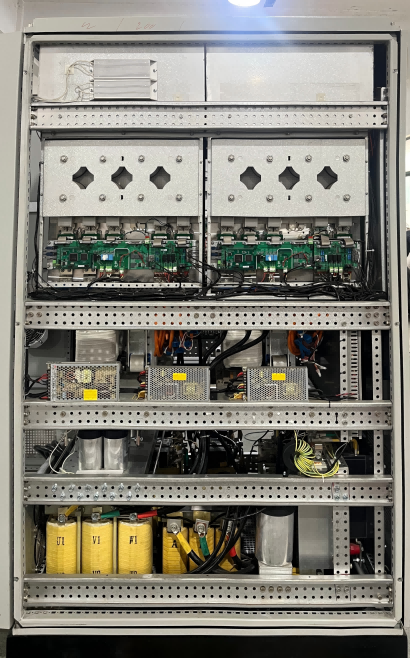high voltage ridethrough test
The high voltage ridethrough test is a critical evaluation procedure designed to assess the resilience of electrical systems and equipment during voltage disturbances. This sophisticated testing methodology simulates various grid anomalies to ensure that electrical systems can maintain operational stability during voltage fluctuations, sags, and surges. The test primarily examines how equipment responds to sudden voltage changes, measuring its ability to continue functioning without interruption or damage. Modern high voltage ridethrough testing equipment incorporates advanced monitoring systems that capture real-time data, including voltage levels, current flow, and system response times. These tests are particularly crucial for renewable energy installations, industrial power systems, and critical infrastructure facilities where continuous operation is essential. The testing procedure typically involves subjecting the equipment to predetermined voltage variations while monitoring multiple parameters such as power quality, system stability, and equipment performance. This comprehensive assessment helps identify potential vulnerabilities in the system and ensures compliance with international grid codes and standards. The technology has evolved to include sophisticated software interfaces that enable precise control over test parameters and detailed analysis of results, making it an indispensable tool for power system validation and certification.




